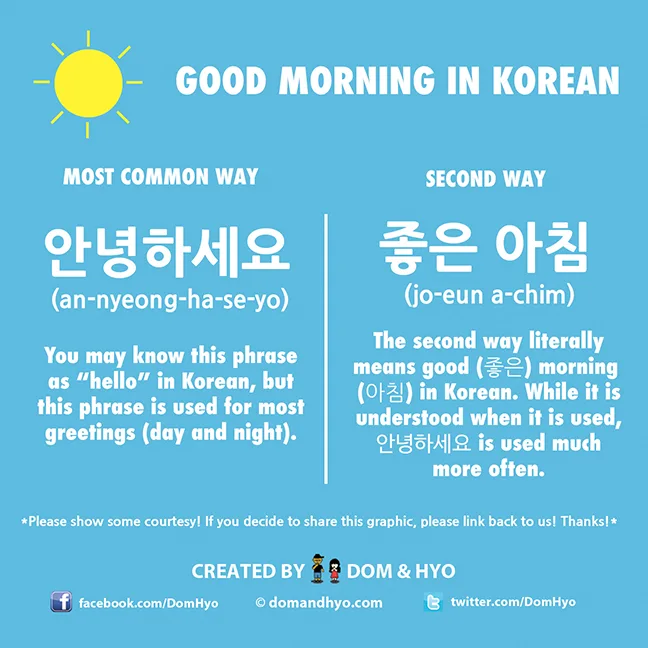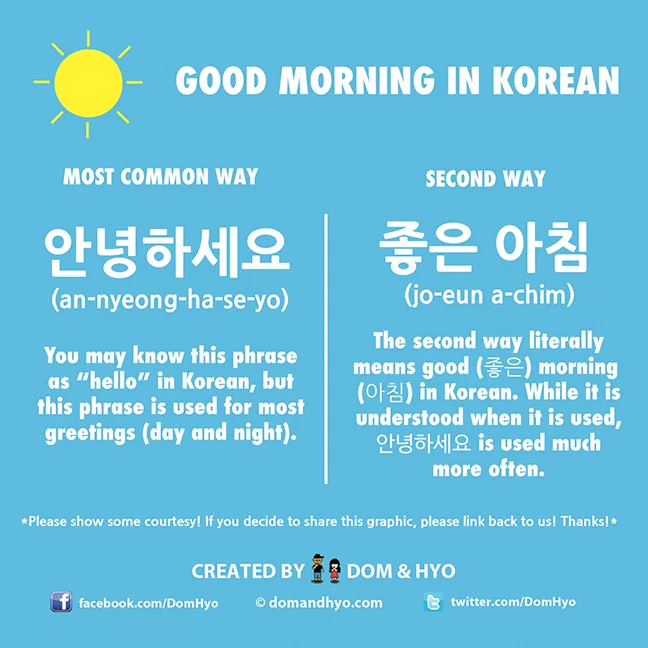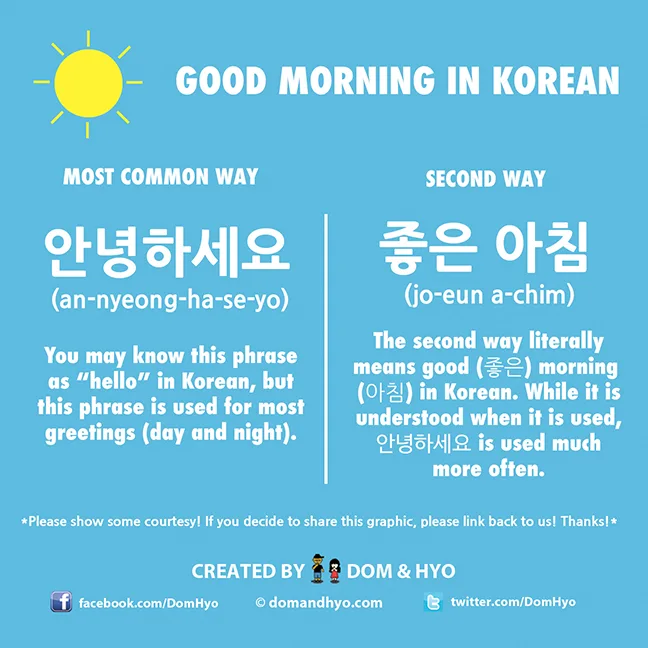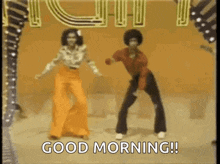how do you say Good Morning in korean
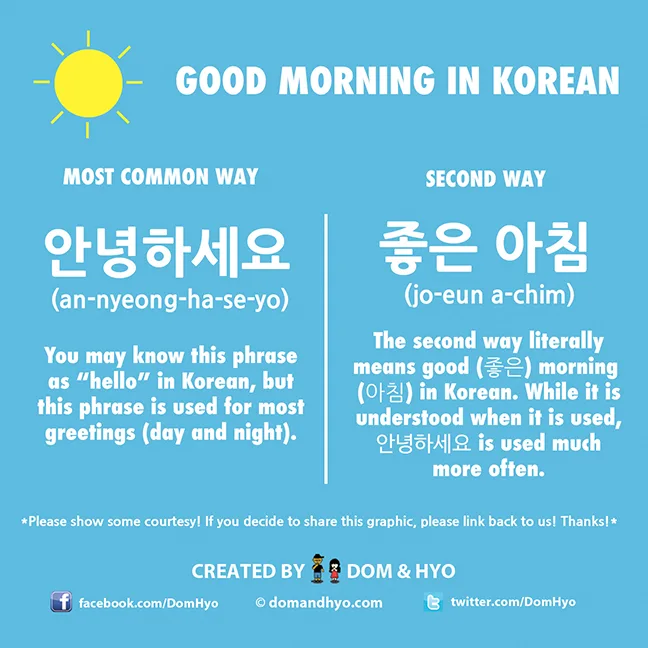
How to Say Good Morning in Korean: A Complete Guide
Good morning! If you’re looking to greet someone in Korean, you’re in the right place. In this blog post, we will explore how to say “Good Morning” in Korean, along with some cultural insights and practical tips for using this phrase effectively.
The Basic Phrase: “안녕하세요” (Annyeonghaseyo)
In Korean, the most common way to say “Good Morning” is “안녕하세요” (Annyeonghaseyo). This phrase is a polite form of greeting that can be used at any time of the day, including morning. It literally translates to “Are you at peace?” and is widely used in both formal and informal settings.
Specific Morning Greeting: “좋은 아침” (Joeun Achim)
If you want to be more specific and say “Good Morning” directly, you can use the phrase “좋은 아침” (Joeun Achim). This translates to “Good Morning” in a more direct manner and is perfect for morning conversations.
Cultural Context: When to Use These Greetings
Korean culture places a strong emphasis on respect and hierarchy, so it’s important to use the right form of greeting depending on who you are speaking to. “안녕하세요” (Annyeonghaseyo) is safe for most situations, whether you are addressing friends, family, or colleagues. For more formal occasions, you might consider using “안녕하십니까” (Annyeonghasimnikka), which is a more formal version of the greeting.
Tips for Using “Good Morning” in Korean
Tone and Body Language: When greeting someone in Korean, it’s not just about the words. Use a friendly tone and maintain a pleasant demeanor. A slight bow or nod is also a common gesture of respect.
Follow-Up Questions: After saying “Good Morning,” it’s customary to ask how the other person is doing. You can say “잘 지냈어요?” (Jal jinaess-eoyo?), meaning “Have you been well?” This shows that you care about their well-being.
Practice Makes Perfect: If you’re learning Korean, practice saying “안녕하세요” and “좋은 아침” regularly. The more you use them, the more natural it will feel.
Use It in Context: Try incorporating these greetings into your daily life, whether you’re meeting friends, colleagues, or even just practicing with a language partner.
Conclusion
Now you know how to say “Good Morning” in Korean! Whether you’re starting your day or simply greeting a friend, using “안녕하세요” or “좋은 아침” is a great way to connect with Korean speakers. Remember that greetings are an important part of Korean culture, so use them often and with sincerity.
For more tips on language learning and cultural insights, visit GoodMorningWishes.net for a wealth of resources and information. Happy learning, and 좋은 아침! (Joeun Achim!)






